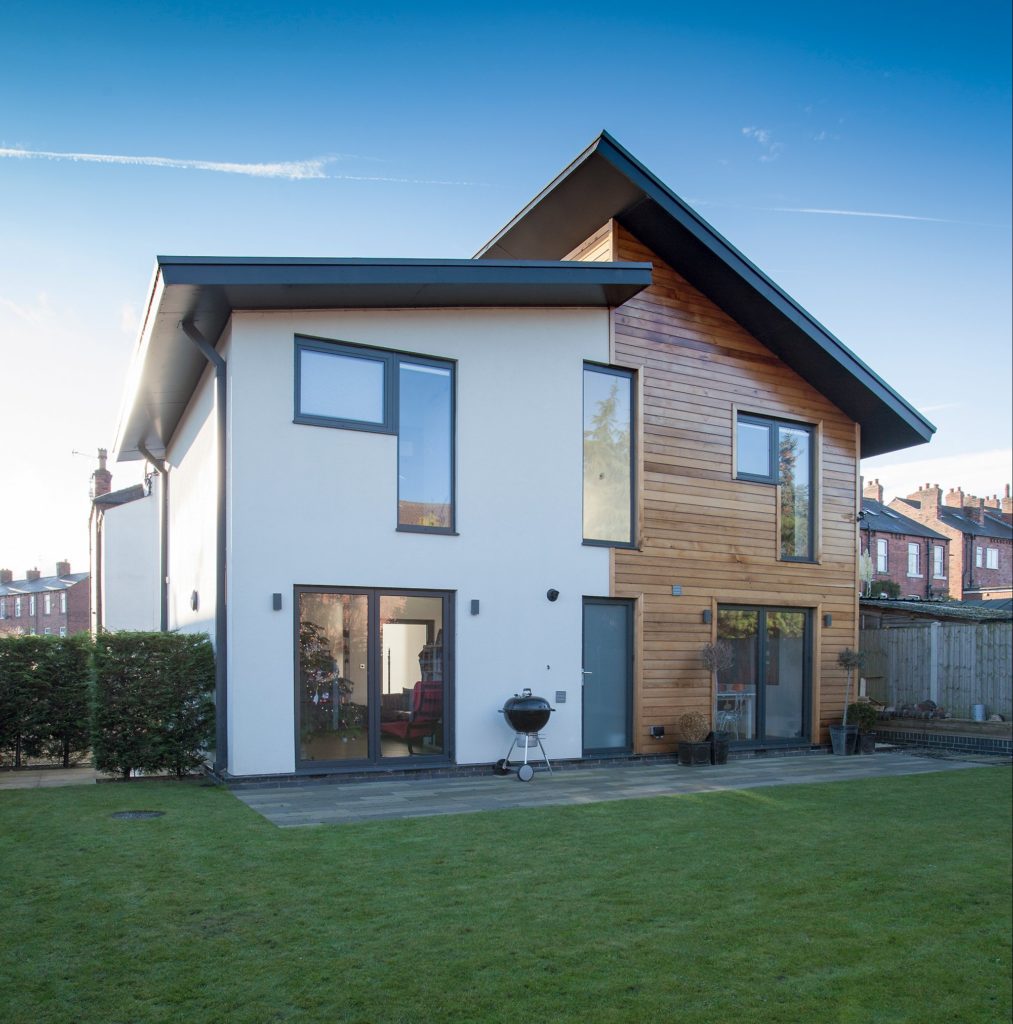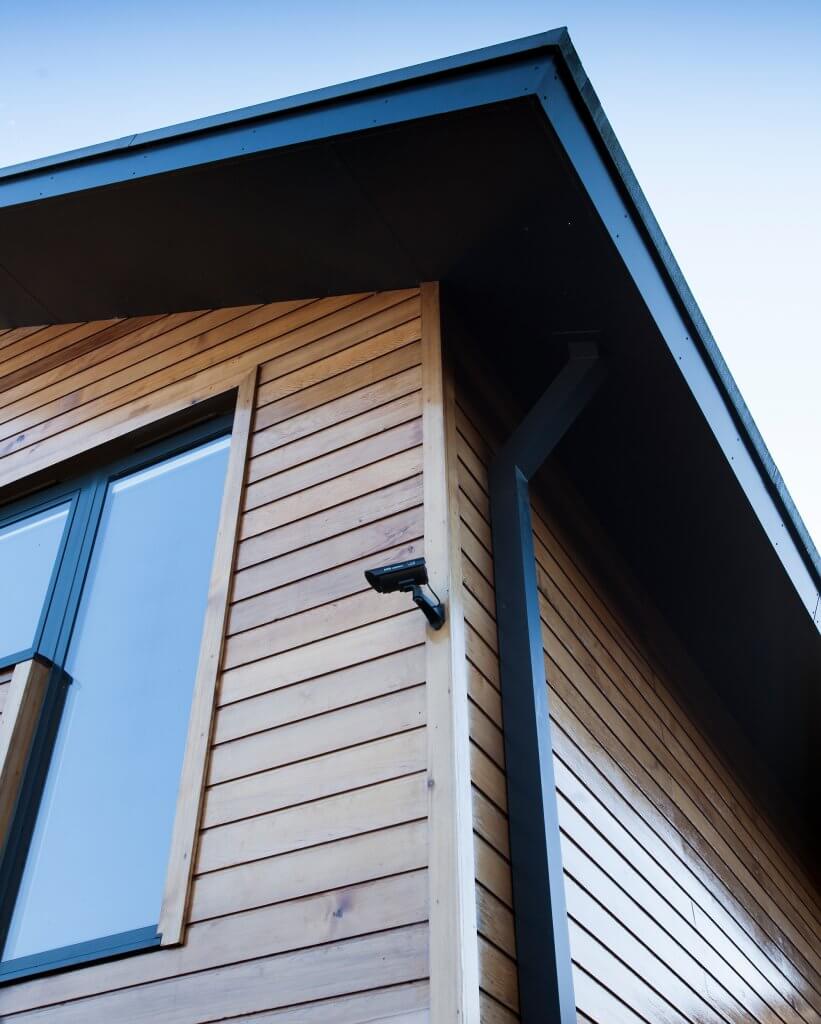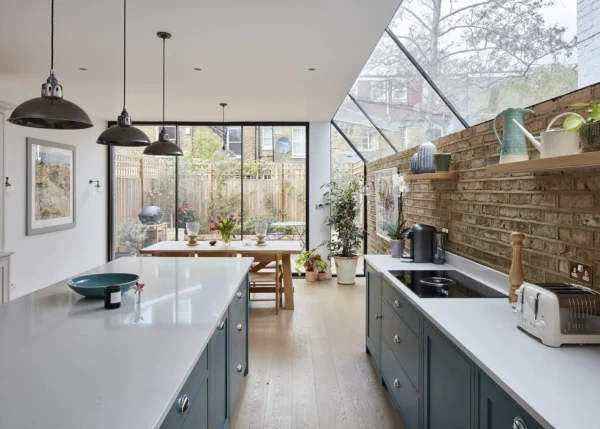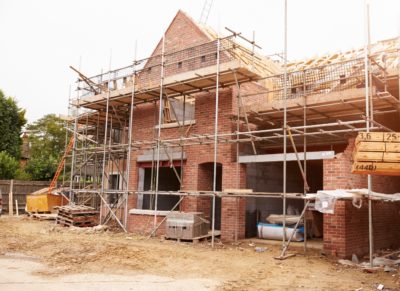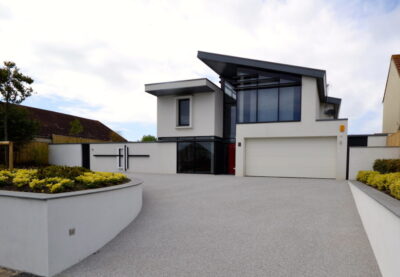Understanding Product Warranties and Guarantees
When you buy any building product for your house, the manufacturer will attach a warranty or guarantee as an agreement that they will repair or replace the item if it’s faulty or damaged.
But while this may sound like a foolproof method of making sure the company is held responsible if the object fails to perform as it should, some circumstances may be excluded from the protection.
The fine details will disclose the various scenarios that won’t be covered under the warranty – some of which may surprise you. And to complicate matters even further, the ins and outs differ from company to company, even for the same kinds of products.
To develop a better understanding of the type of coverage that suppliers are offering, and the pitfalls, I’ve been reading through the small print of some building product warranties and guarantees. Here are my findings.
1. Excessive exclusions
One of the industry-leading manufacturers of clay roof tiles offers a limited lifetime, fully transferable and non-prorated warranty for its products. This means that, in the event of a successful claim, all replacement costs would be covered. While this seems reasonable, the list of exclusions is significant.
Some are fair enough – physical roof traffic, general weathering and freeze-thaw impacts. But the exclusions also include tile cracking, chipping and colour fade.
Furthermore, the supplier disclaims all implied and statutory warranties as described above. It’s difficult to think of a scenario that would be covered, so in my opinion this warranty is of little value.
2. Subject to site conditions
Bricks come in a range of quality standards and some of the best quality clay stock blends might provide a 60-year guarantee. However, this is on the strict basis of compliance with Building Regs guidance, in addition to the supplier’s own list of recommendations.
These include careful handling, keeping the units protected from the elements on site and making sure they are properly filled with mortar. Once again, poor workmanship on site will revoke your guarantee.
3. Creating a suitable environment
Engineered wood flooring from one manufacturer provides guarantee options of between 15 and 30 years, depending on the product thicknesses and what factory finishes have been applied. Moisture is a key factor in the warranty small print, with the humidity range needing to remain between 30% and 60% (which can be difficult in some rooms, such as bathrooms and kitchens).
The surface temperature should remain below 27°C, which is important if the covering is being paired with underfloor heating (UFH). These are important restrictions, and understandable too, as wood will react to both heat and moisture.
I know of one self-builder who constructed a full basement, chose not to use or heat it and consequently suffered from a wrinkly wooden floor. This was entirely due to the lack of gap around the perimeter, an inadequate vapour control layer and too much moisture in the basement given its lack of heat. These factors ultimately destroyed the floor and revoked his guarantee.
4. Installation & inspection
One of the slate tile importers has an impressive guarantee of 50-100 years on one of its natural roof slates, also offered on a non-prorated basis. However, the small print makes it clear that the units must be installed in a certain way.
So, once fitted, the tiles must be inspected by one of the company’s technical staff, who will confirm the installation is in exact accordance with the supplier’s guidelines.
The problem here is that many roofing contractors prefer to use their own fine-tuned techniques. I recall one project where the principal contractor wasn’t able to secure a guarantee for the homeowner because his sub-contractor had not installed the slate covering based on the manufacturer’s strict requirements.
In cases such as this, you must look to ensure that your appointed tradesperson knows the importance of following the supplier’s guidelines. It’s worth noting that most specialist products should be fitted by the manufacturer’s trained operatives – single ply membranes for flat roofs are a good example.
This way you can obtain a good guarantee, but with an obligation to have interim inspections made every five years, with any chargeable maintenance undertaken if it’s found to be necessary.
5. Appropriate upkeep
Doors and windows are generally considered to be one of the most replaced building products in a house because they weather faster than other external materials.
One well-known window manufacturer provides clear instructions for the levels of maintenance that its products require on a regular basis – for instance, how powder-coated aluminium surfaces and glass sections should be cleaned or which treatments are suitable for painted wooden surfaces.
While the definition of ‘regular’ is not clear, its implication is monthly and perhaps more frequently in exposed or coastal locations. The suggested life of the products, if properly maintained, is impressive – 25 to 40 years or wooden surface redecoration after 15 years.
The warranty period for component repair or replacement is five years for doors and more than 10 years for windows. However, there’s no cover for installation and/or the consequential costsof disruption, which could be quite expensive. These exclusions do not tend to follow the spirit of CRA and their limitation may not be fair.

































































































 Login/register to save Article for later
Login/register to save Article for later

